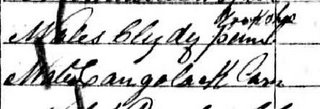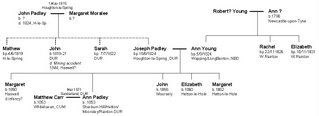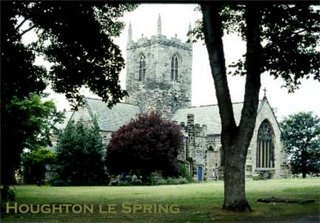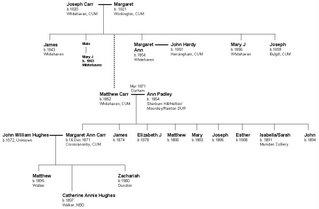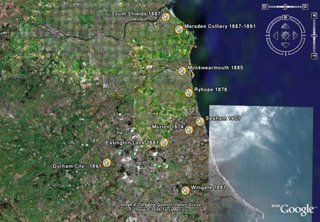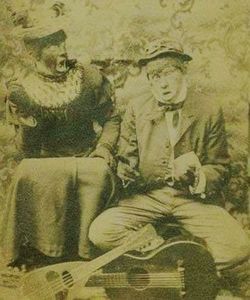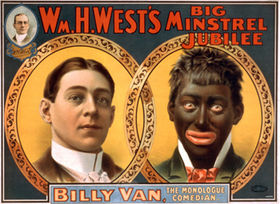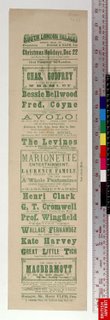
The Green Family 1850-1920

This previous post documented my initial research into my father's maternal grandfather - Thomas Green's ancestry.
Thomas Green, his brothers and sisters, and his parents, Thomas and Margaret left rural Shropshire (Lawley near Wellington) for the boys and Thomas Snr to work in the coal mines of Brownhills, Staffs. They moved around between 1871 and 1881 to live in the Carlins Buildings on Watling Street. Living in the nearby Lancashire Cottages in Brownhills were the Deakin family who had also moved in "The Great Trek" from Lawley to Brownhills, as did many other families.
Reading the excellent online biography of the Deakin family, available at the above link, I noticed that a John Henry Deakin married a Mary Jane Green, Thomas Green's elder sister. I recommend reading this article as a nice local family history of the Brownhills area.
The author of this article, Gillian, is my third cousin - our common ancestor is Thomas Green from Little Wenlock in Shropshire. She has a lot more information about the Green family. With her very kind help I have been able to construct the family tree above, which is still far from complete, but a vast improvement on my earlier efforts! Notably, Gillian has been able to go a generation further back than I with the Green family to a John Green, father of William Green, of Little Wenlock. She has also been able to piece together the family of Thomas Green (b1827) and his wife Margaret (nee Machin). Margaret Machin's parents were John Machin and Elizabeth ? of Dawley, Shropshire. I will post a bit more on the Green family soon.
... sorry for the small size of some of the information on the pedigree chart - I hope that all the names are readable if not the dates; I wanted to put all generations and cousins on there, but this means that I lose a bit of readability! Email me if you want to know the dates, or for a copy of the chart.






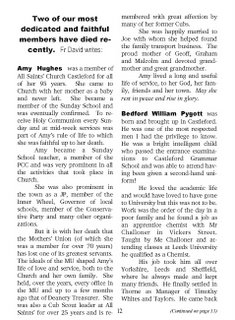
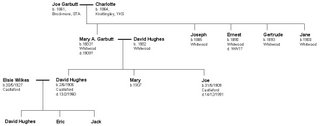



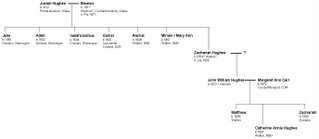



 These census records show that a ZH was living
These census records show that a ZH was living

